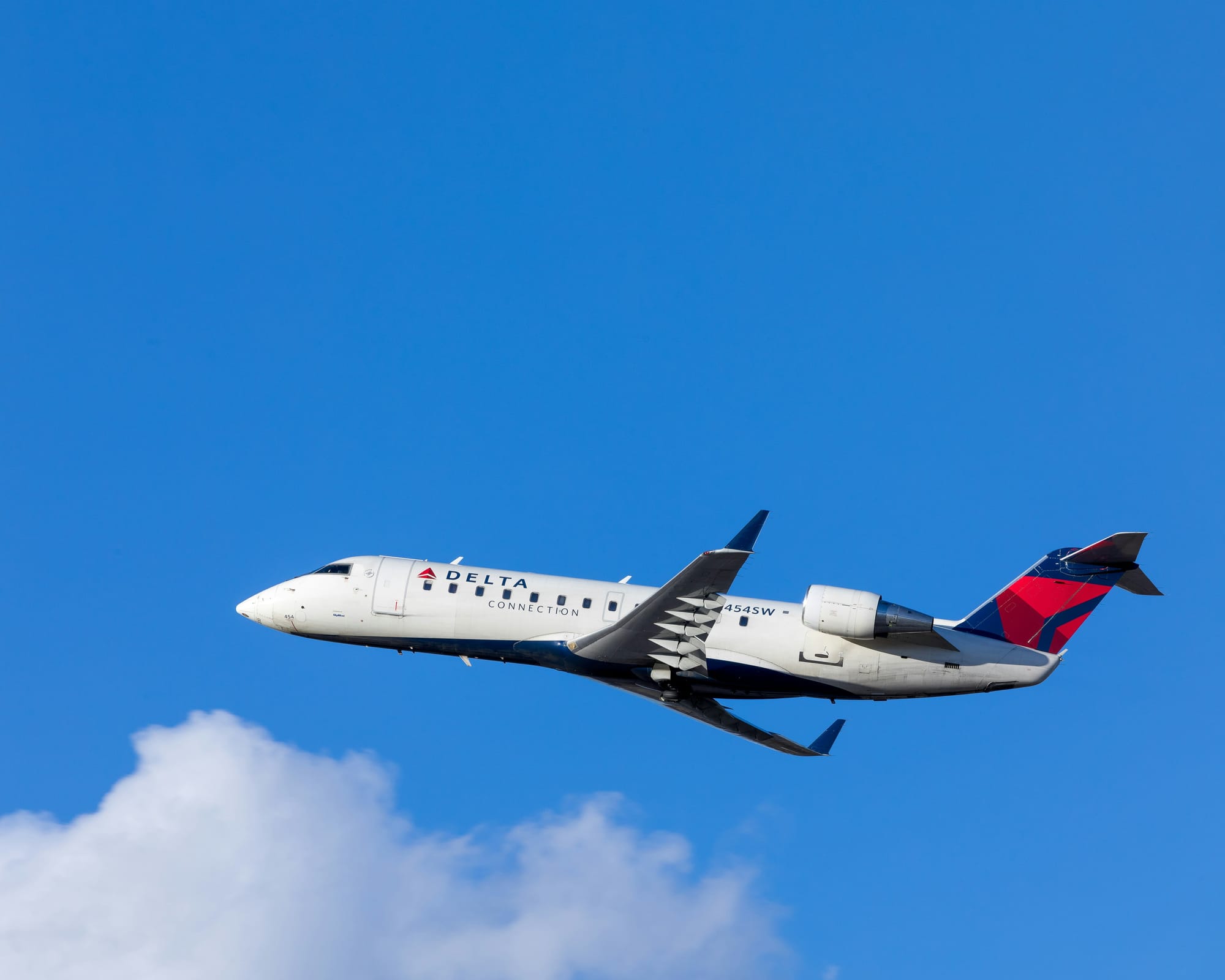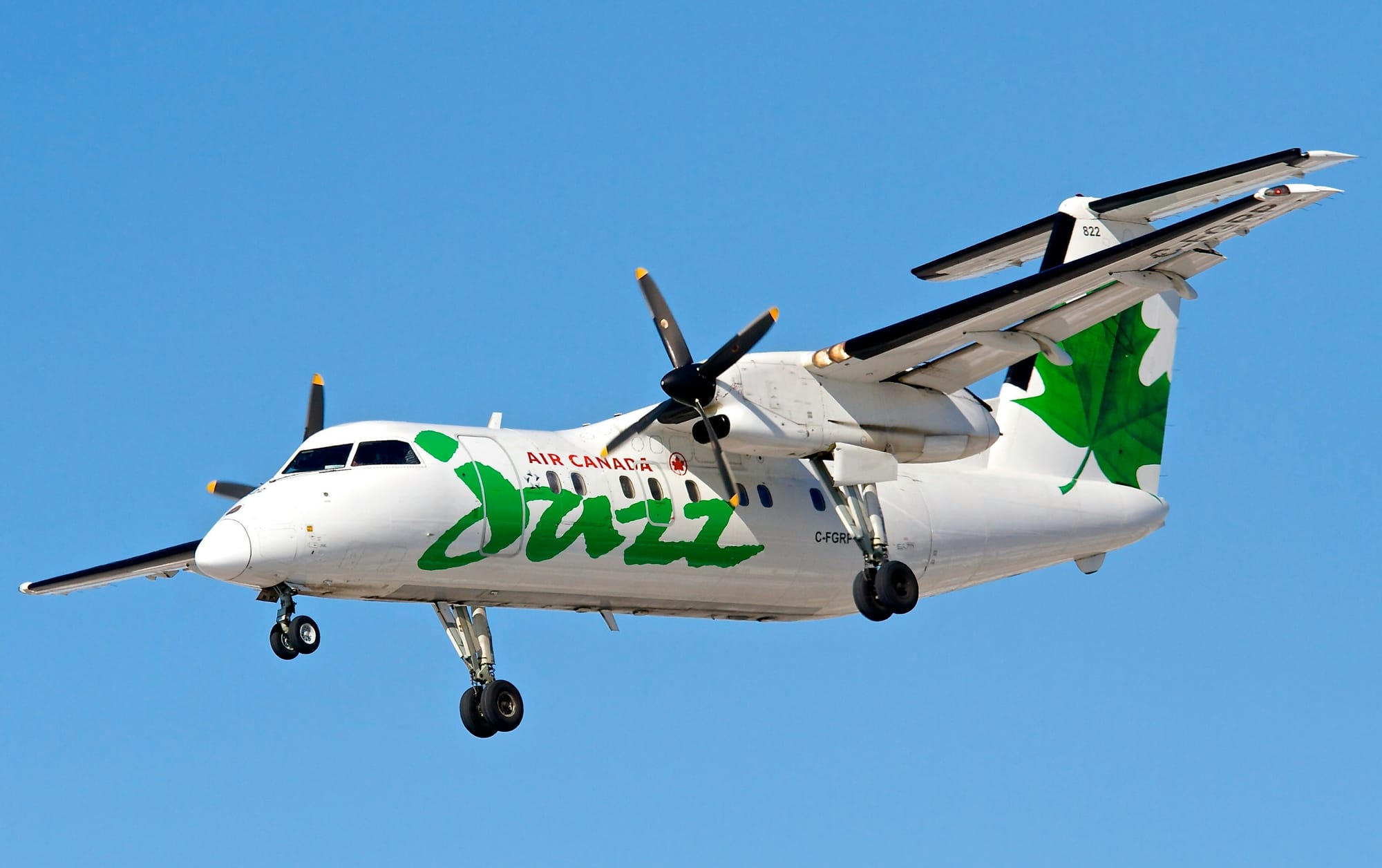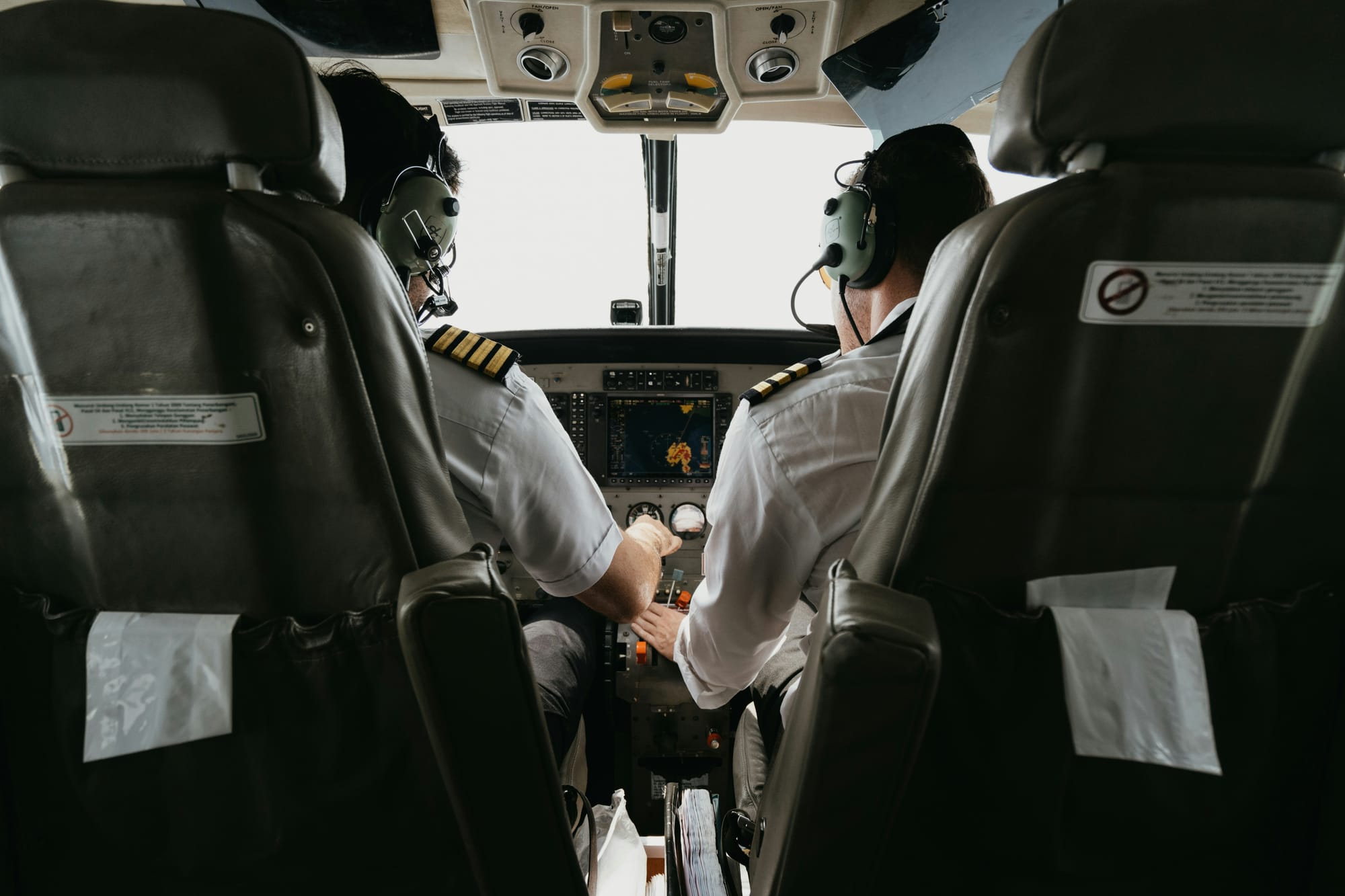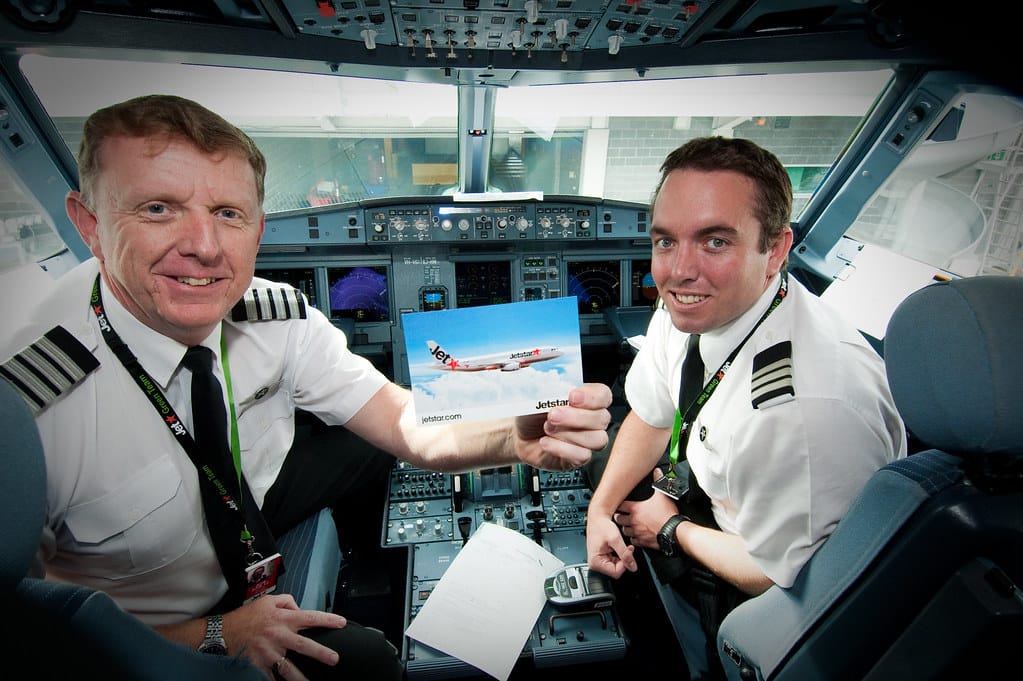What is Scope Clause? And How is it Hindering Airlines Today?

In the complex world of aviation, numerous regulations and agreements shape the industry. One such pivotal agreement is the scope clause. While it may not be a household term, its implications for US airlines are profound. Let's dive into what the scope clause is, how it affects US airlines, and illustrating its impact on airline growth with concrete examples.
What is a Scope Clause?

So what is a scope clause? A scope clause is a provision in the labor contracts between airlines and their pilot unions. Its primary purpose is to limit the number and size of aircraft that an airline can outsource to regional carriers. These clauses are designed to protect the jobs of mainline pilots by ensuring that a certain percentage of flying is done by the airline's own pilots rather than those employed by regional carriers.
How Does the Scope Clause Affect US Airlines?

Scope clauses significantly impact how airlines structure their operations. They impose restrictions on:
- Aircraft Size: Limits on the maximum number of seats and the maximum takeoff weight of aircraft that can be operated by regional carriers. This is why we typically see smaller aircraft with more compact cabins.
- Number of Aircraft: Caps on the total number of regional jets that can be flown under the airline’s brand.
- Routes and Frequencies: Restrictions on the routes and frequency of flights that regional partners can operate. Obviously, mainline pilots will want to protect the best cities and routes for their own to fly, because who wants to layover in Cedar Rapids, Iowa?
These restrictions are intended to protect mainline pilot jobs but can also limit an airline’s ability to efficiently manage its fleet and expand its services. It takes a lot of expense to operate a flight and in a market where you can't fill every seat, the route will be unprofitable.
How do They Hinder Growth?

To understand the practical implications of scope clauses, let's look at a few examples of how they can hinder airline growth:
- Fleet Optimization: Airlines often aim to optimize their fleet to match capacity with demand. For instance, a route might be more profitable with a 76-seat regional jet than with a larger, less fuel-efficient aircraft. However, if the airline has reached its cap on 76-seat jets as dictated by the scope clause, it may be forced to operate a larger, less efficient aircraft or cut the frequency of flights.
- Service Expansion: As airlines look to expand their networks to new cities or increase frequencies on popular routes. Scope clauses can limit these opportunities. For example, if an airline wants to introduce a new route with low demand, a regional jet would be suitable. But if they are at their limit for regional jets, they may not be able to add this service, or be forced to use larger less profitable jets for the route demand.
- Pilot Shortages: Some will argue, the current pilot shortage exacerbates the impact of scope clauses. Regional carriers often serve as a training ground for pilots who eventually move to mainline operations. There is the perceived threat that scope clause restrict the number of regional jets, thereby limiting the pipeline of new pilots entering the industry and making it harder for airlines to scale operations in the long term.
Final Thoughts
Scope clauses are a double-edged sword in the aviation industry. While they protect mainline pilot jobs, they also impose significant constraints on how airlines can operate. As the airline industry continues to evolve, balancing the network with provisions in the pilot contract will continue to be a minefield to navigate.





